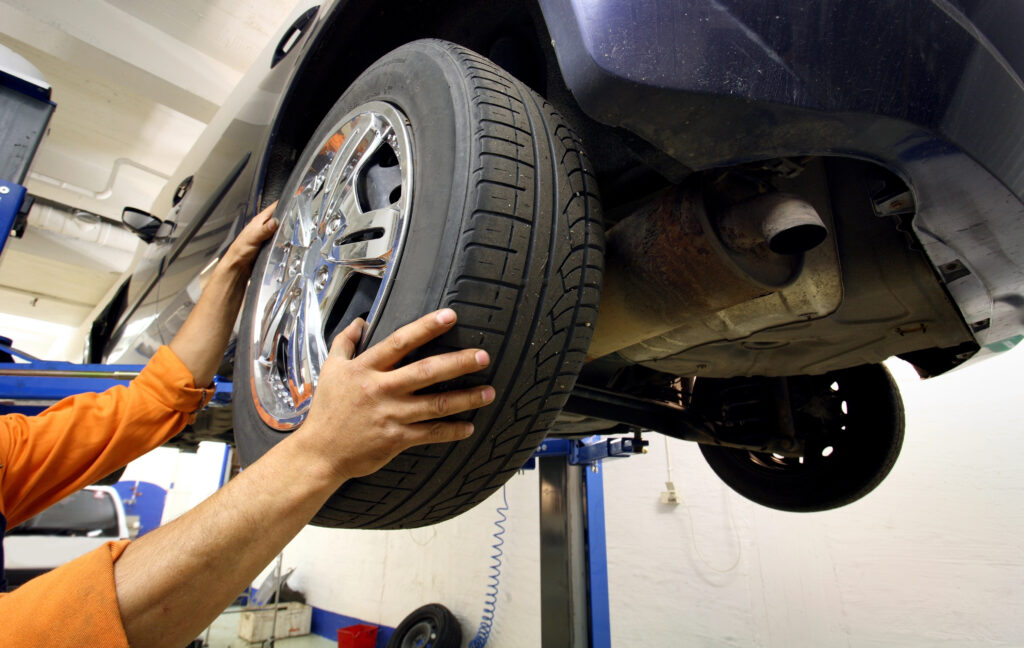Preparing Your Car for Long-Term Storage
There are many reasons why you may need to put your car in long-term storage. An extended vacation or possibly military deployment. Whichever the reason, sometimes you need to store your vehicle. At such times, it is essential to prep your car for prolonged or short-term storage.
Before you leave for a month or more, there are various things you need to prepare your car for long-term storage. Sitting your vehicle in a garage or the streets for an extended period can lead to engine damage, ruined tires, dead battery, or even rodents nesting below the hood. Therefore, you need to take precautions to ensure your car starts when you come back, and the life of your engine does not shorten during the time of storage. Below is a list of the steps you need to take before storing your car.
Replace the Oil
A study shows that engine oil contains some contaminants that can destroy the engine. So, if you are storing your car for more than one month, think about getting your oil replaced.
Keep It Enclosed
A garage is an ideal place for car storage. It protects the vehicle from external elements and keeps at a relatively stable temperature. You can consider looking for cheap accommodation if you don’t have a garage. If at all you have to leave your car outside, ensure that your vehicle is covered with a waterproof cover, which ensures your vehicle remains clean and dry.
Clean Your Car
Although washing your car when putting it away for a prolonged period seems unreasonable, it is a step that should not get overlooked. Stains on your vehicle can damage the paint.
Fill the Tank
Filling the tank of your car with gas is an excellent way of preparing your vehicle for long-term storage. It protects the tank from rusting due to the accumulation of moisture. However, you should add a fuel stabilizer to prevent the fuel from depreciating. The fuel stabilizer prevents ethanol from building up and also protects the engine from rust, varnish, and gum.
Avoid Flat Spots
Tires can develop flat spots if a car is left stationary for a prolonged period. The flat spots are as a result of the weight of the vehicle pressing down on the footprints of the tires. It is good to ensure that the tires of your car are inflated to the right pressure.
It is advisable to remove the wheels and to support the car with a jack if it will be in storage for more than one month to avoid the cost of replacing the tires due to permanent flat spots.
Keep Its Battery Charged
A battery loses charge if it is left alone for a long time. Therefore, if you cannot be able to arrange for someone to start your car after a few days, you should consider disconnecting your battery. However, this can likely cause loss of time, stereo presets, and other settings. If you wish to keep these settings and ensure extended battery life, you should consider getting a trickle charger. This equipment connects to your car battery to give some power that prevents the battery from losing charge.
Keep Rodents Out
A garage is warm and dry, which makes it a good place for rats and mice to inhabit. Critters have a lot of things to chew, and many places to hide in your car. So, try to cover the places where rats could enter like exhaust pipes. You can also set traps if you need a more practical approach.
Don’t Engage the Parking Brake
Applying parking brake is a good idea but do not do it when storing your car. There is a probability that rotors and brake pads can fuse when they make contact for a prolonged period. You can use a tire stopper to park your car instead of the parking brake.
Keep Your Insurance Active
When you want to store your vehicle, you can be tempted to cancel your insurance. Even though it can save you money, there is a probability that you will find higher rates when you return because of the gap in coverage. This could be more expensive in the long run.
Your car needs to have insurance whether it’s on the road or not. Hypothetically – what if the storage facility has a fire or flood? Speak with your insurance agent about the fact that the car won’t be driven and most companies will reduce the premium for the time the car is off the road.
What to Do When You Return
Before you start the car ensure you do the following:
- Wash the car to ensure that accumulated dirt get removed
- Check if the rubber is brittle or cracked on the wipers and windshields
- Inspect the pressure of the tires and ensure they have the right pressure
- Ensure you reconnect the battery cable if it was disconnected
- Check for rust in the brake rotors and remove any covering material on the air intake and muffler
- Inspect the car for any attack by critters by looking for chewed wires, belts, or hoses.
- Ensure the fluids are not leaking and are topped up to the right levels
Once you return you may decide that it’s time for a new paint job! If this is the case, check here for an Econo location near you. You have nothing to lose by getting a Free Estimate!




